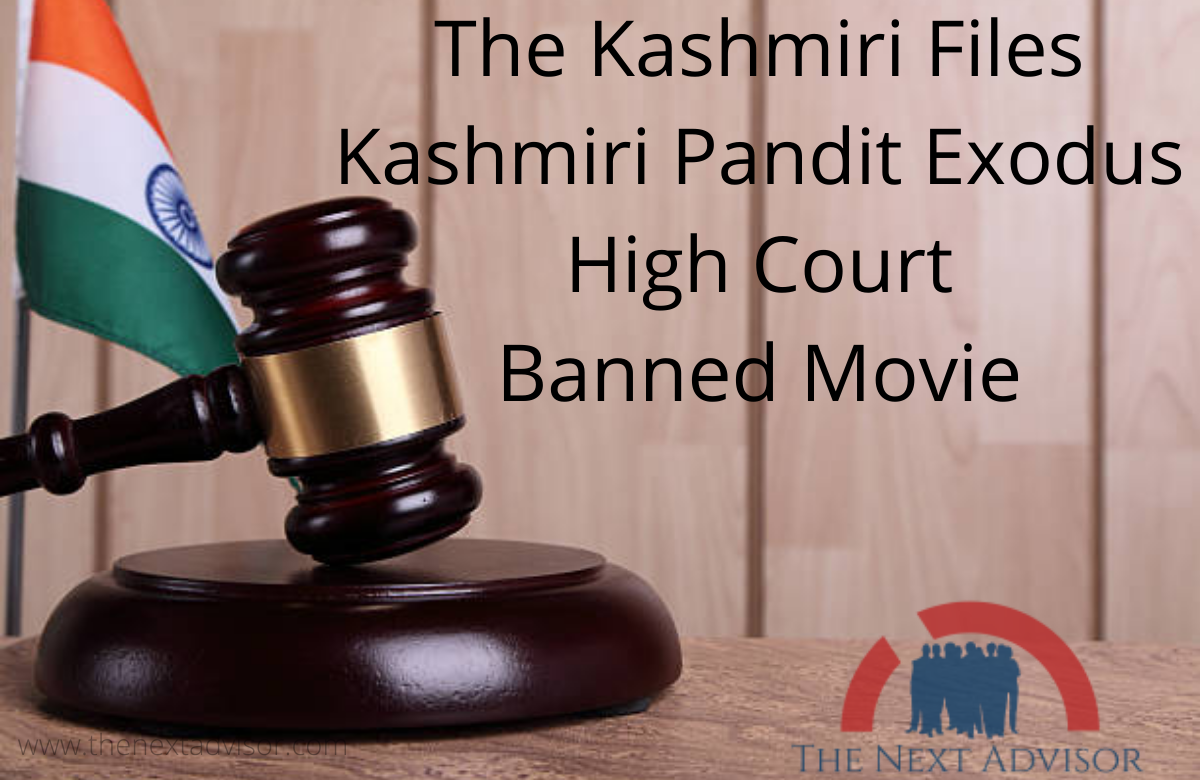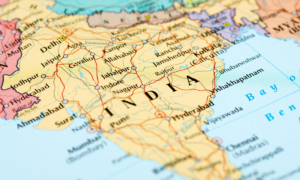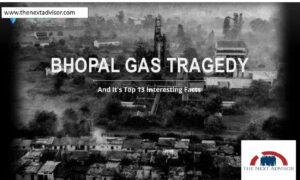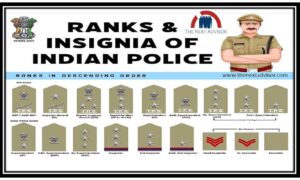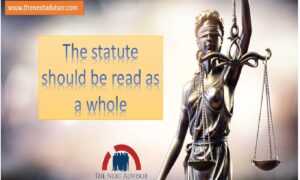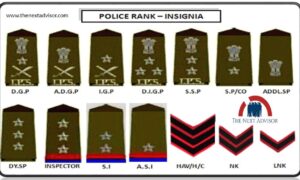The Kashmir Files Exodus of Kashmiri Hindus means Kashmiri Pandit Exodus. As you all know that in 1990, Kashmiri Pandit was forced out of Kashmir. And right now it is being talked about a lot because a film named The Kashmir Files is coming. Which is of Vivek Datta and it is released on the OTT Platform on 11th March 2022. The Bombay High Court has dismissed the Public Interest Litigation (PIL) which was seeking a stay on the release of Vivek Agnihotri’s The Kashmir Files. The film is set to hit the cinemas on March 11.
INTRODUCTION of Kashmiri Pandit Exodus
It is more than 30 years since the ” exodus ” from the Valley of its minority Hindu Kashmiri Pandit community, which is called Kashmiri Pandit Exodus. The hotly contested circumstances of their departure between January and March 1990, the numbers, and The issue of their return are an important side to the Kashmir story that has fed into the Hindu – Muslim polarization in India over the years, in turn fueling the Hindu – Muslim chasm in the Valley.
BACKGROUND- FROM 1980 TO 1990 necessary to understand Kashmiri Pandit Exodus
In the lead-up to the events of 1990, Kashmir was in ferment. Sheikh Abdullah had died in 1982, and the leadership of the National Conference passed on to his son Farooq Abdullah, who won the 1983 election. But within two years, the Center broke up the NC and installed dissident Ghulam Mohammed Shah as Chief Minister. This led to huge disaffection and political instability.
The Jammu & Kashmir Liberation Front ( JKLF ) stepped up its activities, and the hanging of the militant leader Maqbool Bhat in 1984 added to the sense of foreboding. In 1986, after the Rajiv Gandhi government opened the Babri Masjid locks to enable Hindus to offer prayers there, ripples were felt in Kashmir too. In Anantnag, the constituency of the Congress leader Mufti Mohammad Sayeed, there was a series of attacks on Hindu temples, shops, and properties of Kashmiri Pandits, blamed on separatists and secessionists.
In 1986, as opposition to the Shah government grew, Rajiv Gandhi resurrected Farooq Abdullah, who became CM once again. The rigged election of 1987 after which Abdullah formed the government was a turning point at which militants took the upper hand. The 1989 capitulation to the JKLF in the kidnapping of Mufti Sayeed’s daughter set the stage for the next decade.
TARGETING OF PANDITS BEGAN
By then, the Pandits had begun to be targeted. The Valley’s BJP leader Tika Lal Taploo was shot dead on September 13. Neel Kanth Ganjoo, a retired judge who had sentenced Maqbool Bhat to death, was shot dead outside the J & K High Court in Srinagar on November 4. Journalist – lawyer Prem Nath Bhat was shot dead in Anantnag on December 27 .
Hit lists of Pandits were in circulation. Waves of panic hit the community, especially after a local newspaper published an anonymous message, allegedly from the Hizb – ul Mujahideen, asking Pandits to leave.
THE NIGHT OF JANUARY 19, 1990
Matters came to a head-on on January 19. By then, the Farooq Abdullah government had been dismissed and Governor’s Rule imposed. According to accounts published by many eminent Kashmiri Pandits, there were threatening slogans over loudspeakers from mosques, and on the streets. Speeches were made extolling Pakistan and the supremacy of Islam, and against Hinduism.
The Kashmiri Pandit community decided to leave. On January 20, the first stream began leaving the Valley with hastily packed belongings in whatever transport they could find. A second, larger wave left in March and April, after more Pandits were killed.
GAWKADAL BRIDGE MASSACRE
On January 21, the CRPF gunned down 160 Kashmiri Muslim protesters at the Gawkadal Bridge, which has come to be known as the worst massacre in the long history of conflict in Kashmir. The two events – the flight of the Pandits and the Gawkadal massacre – took place within 48 hours, but for years, neither community could accept the pain of the other.
NUMBERS
According to some estimates, notably by the Kashmiri Pandit Sangharsh Samiti (KPSS), of 75,343 Kashmiri Pandit families in January 1990, more than 70,000 fled between 1990 and 1992. The flight continued until 2000 . The KPSS has placed the number of Kashmiri Pandits killed by militants from 1990 to 2011 at 399, the majority during 1989-90. Some 800 families have remained in the Valley through these three decades.
ROLE OF THE ADMINISTRATION
The other contentious question about the exodus is the role played by the administration, and more specifically that of the J & K Governor, Jagmohan. Newly appointed, he had arrived in Srinagar on January 19. The Kashmiri Muslim view of the exodus is that he encouraged the Pandits to leave the Valley and thus gave a communal color to what was until then a non-religious Kashmiri cause.
The Kashmiri Hindu view is that this is a disingenuous interpretation. They believe that Kashmiri Muslims, with whom they had lived amicably for centuries, drove them out with a vengeance in a frenzy of Islamism that they could not have imagined even months earlier. The truth, many commentators have concluded, may have been somewhere in the middle.
Wajahat Habibullah, then a senior official in the J&K government and posted in Anantnag in 1990 as Special Commissioner, has written ( Citizen, April 2015 ) that in March 1990, several hundred people gathered in front of his office demanding to know whey the Pandits were leaving and accused the administration of encouraging them to go, ” so that the Army would be free to unleash its heavy artillery on all habitations”.
Habibullah denied this and told them that the Pandits could hardly be expected to stay when every mosque was blaring threats and members of their community had been murdered.
He asked Kashmiri Muslims to make Pandits feel more secure. Habibullah wrote he also appealed to Jagmohan ” that he telecast an appeal to Pandits that they stay in Kashmir, assuring their safety on the basis of the assurance of the Anantnag residents. Unfortunately, no such appeal came, only an announcement that to ensure the security of Pandits, ‘ refugee ‘ camps were being set up in every district of the Valley, and Pandits who felt threatened could move to these camps rather than leave the Valley. continue to be paid salary …
“Another commentary has pointed to how the government organized transport for fleeing Pandits so that they could get to Jammu.
THE QUESTION OF RETURN of Kashmiri Pandit Exodus
As the situation in Kashmir spiraled into a full-blown militancy, return began to look remote if not impossible. As the numbers arriving in Jammu increased from thousands to tens of thousands over the first few months of 1990, a mostly middle-class community found itself living in tents in squalid, filthy camps far removed from the homes they had left behind. Those who had means rebuilt their lives elsewhere in the country – Delhi, Pune, Mumbai, and Ahmedabad have Pandit populations, also Jaipur and Lucknow – or went abroad.
A township of two-room tenements called Jagti was built in Jammu in the last decade to house 4,000-5,000 Pandit families who remained there. In addition, there are hundreds of families living in government tenements in Purkhoo on the outskirts of Jammu, in Nagrota, and in Muthi. Some built new homes and or moved into rented places.
GOVERNMENT’S PROMISES to Kashmiri Pandit Exodus
Successive governments have promised that they will help this process, but the situation on the ground in Kashmir has meant this remains only an intention, The efforts to resettle Pandits in the Valley in the last two decades have seen ghetto-like structures come up in various parts of Kashmir, ringed by concertina wire with heavy security, underlining that normal life is impossible. There is an acute realization in the community that the Valley is no longer the same that they left behind in 1990.
ARTICLE 370
On August 5, 2019, when the government did away with special status to J&K, among the loudest to cheer were Kashmiri Pandits, Who saw it as a long pending ” revenge ” for what had happened to them three decades ago. Yet their return looks as difficult as it ever did.

